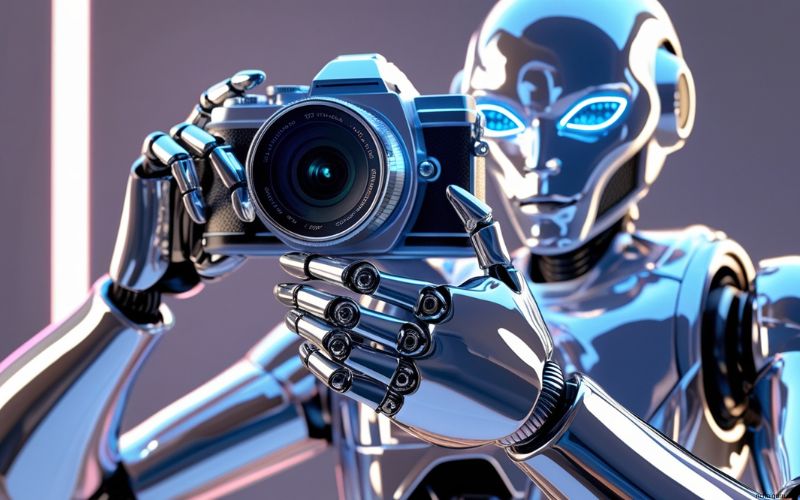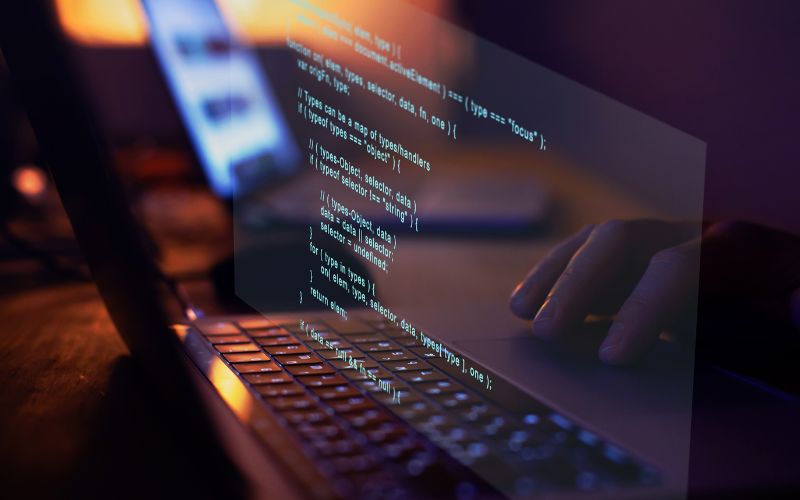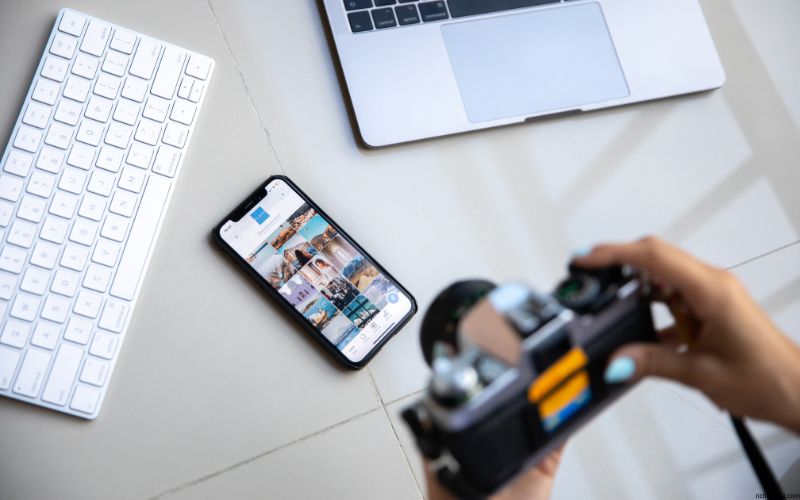Video content dominates the digital space in 2025. From YouTube to TikTok, from brand campaigns to personal storytelling—video is king. But behind the scenes, Artificial Intelligence (AI) has fundamentally changed how these videos are created, edited, and distributed.
In this ultimate guide, we’ll walk you through how AI is transforming every stage of video production—from scripting and voiceover to editing, animation, and personalization—and how you can leverage it to create high-quality, professional videos faster and cheaper than ever.
Why AI Matters in Video Production Today
Traditional video production was expensive, time-consuming, and required a skilled team of writers, editors, animators, and voice actors. But AI has:
Reduced production time from days to minutes.
Cut down costs by eliminating the need for large teams or studios.
Opened access to non-tech creators, small businesses, and marketers.
Improved content quality through automation, personalization, and optimization.
Whether you’re a YouTuber, agency, solopreneur, or brand—AI is your creative partner in 2025.
AI in the Video Production Workflow: Step-by-Step
Step 1: Scriptwriting with AI
You no longer need to stare at a blank page. AI can generate compelling, human-like scripts in minutes.
Popular Tools:
ChatGPT / Gemini – Create structured, persuasive, or story-driven scripts.
Jasper – Great for marketing-style video copy.
Copy.ai / Writesonic – Fast, creative, niche-specific ideas.
Prompt Example:
“Write a 2-minute script for a YouTube video explaining how AI is changing filmmaking.”
AI even suggests calls-to-action, pacing, tone, and scene directions.
Step 2: AI Voiceover Generation
Don’t want to record your own voice? Let AI speak for you with stunning realism.
Top Tools:
ElevenLabs – Hyper-realistic, emotional voice cloning in multiple languages.
Play.ht / Murf.ai – Text-to-speech with studio-quality sound.
LOVO.ai – Great for commercial-grade narration.
You can:
Choose accents, tones, pacing.
Clone your own voice.
Localize voiceovers in 50+ languages instantly.
Step 3: AI Avatar & Presenter Videos
Need a presenter but don’t want to go on camera? Use AI avatars that lip-sync your script.
Popular Platforms:
Synthesia – Customizable avatars that look like real people.
HeyGen – Multilingual talking avatars, great for training videos.
D-ID – Realistic face animation from still photos.
Use cases:
Course content
Product explainers
Corporate training
YouTube faceless videos
You can even upload your own face and voice to create a custom AI presenter.
Step 4: AI Video Editing & Automation
AI handles tedious editing tasks with precision and creativity.
Best AI Video Editors in 2025:
Runway ML – Auto-cut, background removal, green screen, and motion tracking.
Pictory – Turn blog posts or scripts into short, engaging videos automatically.
Descript – Edit video like a doc by changing the transcript.
CapCut AI – Auto captions, beat sync, and object tracking for social media.
What AI can do:
Auto-cut silences and filler words.
Sync visuals to voiceover.
Add effects, subtitles, music, and animations with a click.
Step 5: AI-Powered Animation & Visuals
Don’t know how to animate? AI does it for you.
Top Animation Tools:
Animoto – Template-based videos from photos and clips.
Kaiber – Turn text into cinematic motion videos.
Lumen5 – Convert blogs into animated videos with stock footage and captions.
DeepMotion – Turn video into animated characters with motion capture.
With generative AI like Runway Gen-3 and Sora by OpenAI, you can now even generate full cinematic scenes from text alone.
Step 6: Music, Effects & Sound Design with AI
AI generates custom, royalty-free music that fits the tone of your video.
Best Tools:
Soundraw / Aiva – AI-composed music for mood-specific scenes.
Beatoven.ai – Adaptive audio tracks for cinematic feel.
Epidemic Sound AI Search – Finds the best matching audio with tags and tempo.
No more copyright issues. AI gives you music tailored to your message.
Step 7: AI for Personalization & Audience Targeting
AI doesn’t just help you create—it helps you reach the right people with the right message.
How AI personalizes videos:
Dynamic text and language changes based on the viewer.
Personalized intros using viewer data (great for email marketing).
Automated A/B testing of different video versions.
Tools like Synthesia and Vidyard now offer personalized video at scale—ideal for sales, onboarding, or customer engagement.
How AI Is Used in Different Industries
| Industry | AI Use Case |
|---|---|
| Marketing | Product videos, personalized ads, testimonial avatars |
| Education | Course creation, explainer videos, multilingual content |
| Real Estate | Property walkthroughs with AI narration |
| Ecommerce | Product showcase, virtual try-ons |
| YouTube Creators | Faceless videos, automated reels, voiceovers |
| Corporate Training | Employee onboarding, compliance videos |
| Film & Entertainment | Storyboarding, VFX, motion capture, script generation |
Benefits of Using AI for Video Production
Faster Turnaround – Create videos in hours instead of days.
Lower Cost – No need for actors, editors, or sound engineers.
Scalable Content – Generate content in multiple languages or formats easily.
Increased Creativity – Focus more on storytelling and ideas, not technicals.
High Engagement – Visual + audio personalization boosts viewer retention.
Challenges & Limitations
While AI video tools are powerful, they still have limitations:
Lack of emotional depth in complex scenes.
Risk of overusing templates or generic visuals.
Need for fact-checking AI-generated scripts and subtitles.
Some tools have usage or licensing restrictions.
Pro tip: Use AI for 80% of the process, and apply human creativity for the final 20%.
What’s Next: The Future of AI Video
In 2025 and beyond, expect AI to:
Generate full-length films from a single prompt.
Simulate realistic digital actors and voice clones.
Enable real-time video dubbing in any language.
Provide interactive, choose-your-own-adventure video experiences.
The future of content is on-demand, AI-generated, and deeply personal.
Final Thoughts
AI is not replacing creators—it’s empowering them. Whether you’re a solo content creator or part of a big team, AI gives you the tools to produce faster, scale effortlessly, and stay creatively focused.
In 2025, if you can describe it, AI can help you film it.
Now is the time to embrace AI video production and level up your content game.


